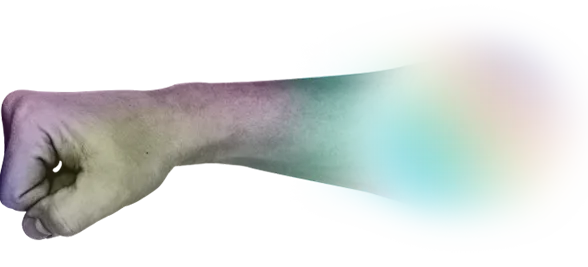
An Eminent Analysis of Branding Corollary/1975’s Cola War:
A Year to Cherish in the History of Branding
Marketers of the company, Pepsico started a legendary campaign in the world of advertising in the year 1975. The campaign was supposed to fire the first shot in the COLA WARS.
Booths appeared in the malls and supermarkets, sports arenas and state fairs. Participants were asked to drink two sips from two different unmarked cups and were asked to give their opinion about their liking. Overwhelmingly, the choice was clear: consumers favored Pepsi. In almost every venue, in almost every demographic, Pepsi was the winner.
At the same time, a contradictory event was taking place on the other hand. Coca-Cola was destroying Pepsi in market share.
Many attempts were made to clear the unclear scenario. Malcolm Gladwell, a renowned canadian journalist, author and public speaker, mentioned in his book in 2005, that the reason for disparity is the small amount of drinks. He suggested that people when drink small amounts, they prefer sweet taste which pepsi is. But the theory is still not supported by any competing taste tests.
A research professor at the Baylor College of Medicine decided to really put the claims to the test to figure out, physiologically, why consumers made that choice.
He put test subjects into an fMRI, a machine that tests brain activity by watching the flow of blood from one region to another.
In the first phase of the test, he had subjects drink cola while their brains were being scanned. Once again, Pepsi was chosen as the favorite. It was the ventral putamen that lit up on the scan—part of the brain that makes up the reward system. In essence, the brain was saying "I like this. It makes me happy."
In the next phase of the experiment, researchers altered a key component of the test: this time, they told participants what they were drinking. It changed everything.
No longer was the reward system lighting up: instead, it was the cerebral cortex, the higher-level decision-making part of the brain. When people drank, their brain wasn't evaluating flavor; it was evaluating memories and experience. And when this higher-level cognitive part of the brain was working, Coke soundly beat out Pepsi.
This, according to the researchers, was the effect of branding. When a consumer has previous impressions of a product or company, it will actually change the way their brain evaluates such straightforward decisions as "which tastes better?"
Coke has a long history of standout marketing efforts. Collectors buy up old ads and bottles dating all the way back to the 1880s. People buy clothes depicting the famous Coca-Cola logo. There is even a Coke museum in Atlanta. And when they look to make their purchase decisions in-store, all of that material makes for a powerful brand.
Choose your correct Growth Partner, rather than just a Service provider.
Got a Project? Let’s Talk
Our collaborative approach combines technology strength and experience in all areas of the digital process, resulting in creatively unique and technically brilliant digital solutions.


